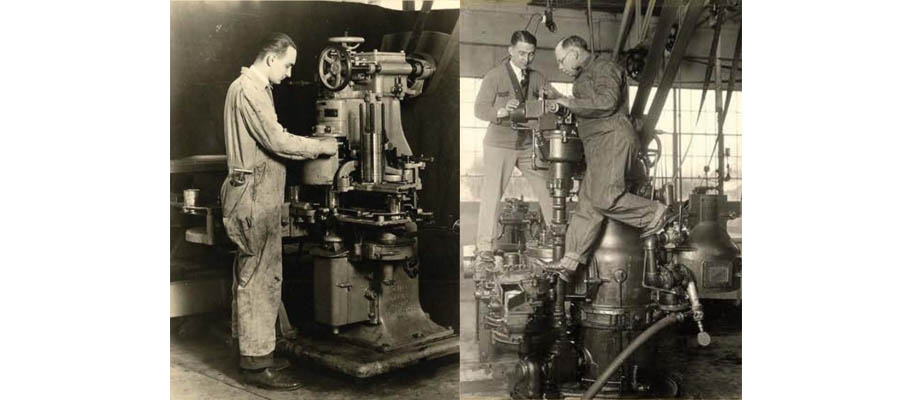The food packaging industry has gone through countless stages since the emergence of the first metal packaging. It all started in London with Philippe de Girard who switched from using glass jars to tinplate containers, i.e. tin-plated iron sheets.
In 1811, after partnering with the English entrepreneur, Peter Durand, he sold the patent to another entrepreneur, Bryan Donkin, a prominent engineer and inventor who two years later opened the first canning factory in history.
The first commercial cannery was launched in England in 1813. Foods preserved at this time included oysters, meats, fruits and vegetables. Decorated tin cans began to become widespread in the 1830s with cookies and cakes. The patent for the first machine to seal ends of cylindrical cans was granted to Allan Taylor in 1847, as other new processes helped speed up production. In 1875, the conical can first appeared and was widely adopted for canning canned meat and sardines.
As a multitude of modern inventions began to appear in the 1880s, this era marked the beginning of the first automatic can making machine. In the early 1900s, new inventions emerged even more, as a contemporary consumer-centric society began to take shape. Tuna canning began in 1909 on the west coast of the United States. In 1914, continuous ovens began to be used to dry the ink in tinplate packets. Bayer introduced pocket cans for aspirin in 1917. That same year marked the beginning of coffee cans with key openings. There were other important developments in food packaging before World War II such as spam (canned meat) in 1926, five years later the patent for the electric can opener was born and in 1935 Krueger commercialized the first beer can.
Immediately after World War II, the first aerosol cans were marketed on a large scale in 1945. Another example can be found in the CANCO vacuum sealer training courses, also in the 1940s. It should not be forgotten that machine manufacturers, as well as can and tool manufacturers, have historically been involved in the training of end users.
According to Roberto Baroni, Imeta’s sales manager, can seamers require a complete knowledge of the process in order to be able to react quickly and correct any errors. “Compared to today, the total absence of personal protective equipment at that time is striking. You can also see how the seaming machines had no electric motor, but were all connected by long flat belts to a central shaft that hung from the ceiling,” he says.
In conclusion, Gilbert Salazar, an enclosure specialist, adds, “It is very true that now that the older mechanics have retired and taken 30-40 years of knowledge with them, the industry is losing its most skilled workers. Most people don’t realize the importance of a properly formed double seam, whether it’s steel, aluminum or plastic/fiber, the basic principle still applies and is fundamental. The art of double stitching is simply an art.”














